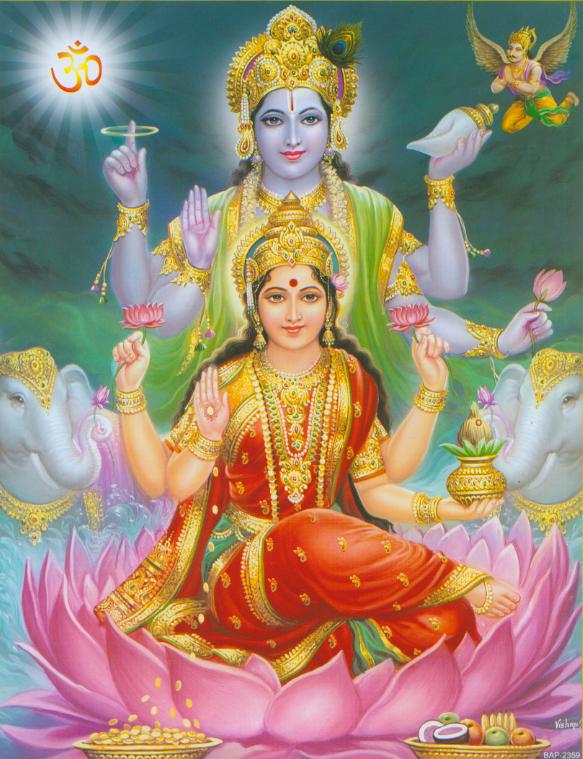
 When we start learning about ṣaḍbala, we constantly come across a word rūpa which is used in the sense of a measurement of the strength. What does this word mean? It refers to any outward appearance or phenomenon or colour, form, shape, figure. Varāhamihira (Bṛhat Saṁhitā) uses the word rūpa as a single specimen or exemplar, and indicates it to be ‘one unit of measure’. It is a means to quantify that which can sometimes be very difficult to quantify. Most things in life are very relative – things like beauty, power, wealth and vedic astrologers need some sort of a measure to compare their manifestation.
When we start learning about ṣaḍbala, we constantly come across a word rūpa which is used in the sense of a measurement of the strength. What does this word mean? It refers to any outward appearance or phenomenon or colour, form, shape, figure. Varāhamihira (Bṛhat Saṁhitā) uses the word rūpa as a single specimen or exemplar, and indicates it to be ‘one unit of measure’. It is a means to quantify that which can sometimes be very difficult to quantify. Most things in life are very relative – things like beauty, power, wealth and vedic astrologers need some sort of a measure to compare their manifestation.
Rūpa is a manifestation of agni tattva and therefore it simply means to what extent is the form, colour or whatever aspect of the form is manifesting. When we say that a planet has 100% strength in one of the ṣaḍbala, then that particular aspect of the planet is going to manifest fully. Rupa is a measure of its total ability to manifest.
As a measure of the physical form, rupa could indicate the extent to which the beauty of the form i.e. its loveliness, grace, splendour are manifesting.
As a measure of the nature of the graha, rūpa indicates the extent to which its nature, character, peculiarity, feature, mark, sign or connected symptoms are manifesting. For example if the Sun indicates ‘fever’ as a disease of the body then a weak Sun will indicate high and dangerous temperatures whereas a strong Sun with high rūpa will indicate low grade fever.
There are many such issues to understand. For example. If Saturn is strong does it indicate more suffering? Elsewhere Parāśara teaches that all the six planets from Sun to Venus indicate good results of their significations when strong whereas Saturn gives contrary results. How do we study this in ṣaḍbala and other strength measures?
Most authors and translators feel that the ṣaḍbala is applicable only for the seven body planets or the weekday planets from the Sun to Saturn. If that were true then, why would naisargika bala (natural strength) be attributed to the nodes. Rāhu is said to be even stronger than the Sun. This one fact makes death a 100% surety for every creature born in this planet. So, should we not be calculating the ṣaḍbala for all the navagraha? And if so, how do we go about doing it. That is the first thing we learn – the mathematics involved in the calculations.
Rūpa also refers to circumstances as different from time and place. Therefore this is used to measure the background or circumstances that are the root to something.
By now it is evident that the word rūpa is very wide in its usage and can help the vedic astrologer to compare the relative manifestations of different aspects of life. But what about death? Can rupa be used to determine the period of death? Technically YES! Consider this dictum: “Of all the māraka and duṣthāna planets, the one with the lowest ṣaḍbala will be inclined to kill the native”. In fact every planet has mixed bag of karma and is inclined to do both, but the one with the weakest ṣaḍbala merely indicates that this will help a person to die. After all life is manifestation of the being while death is the reverse where the body and all its cares like wealth, power and beauty, cease to manifest anymore.

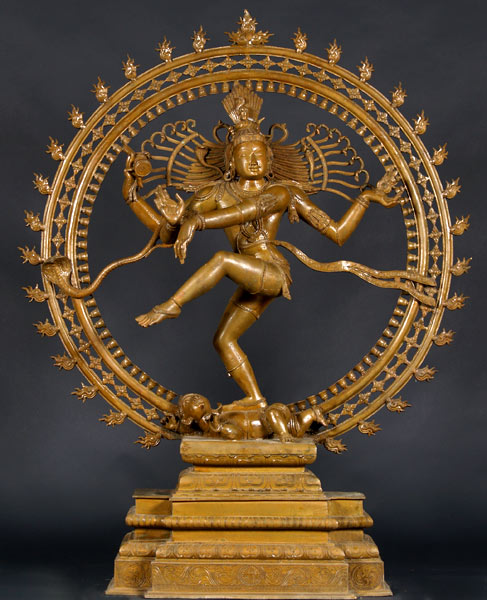
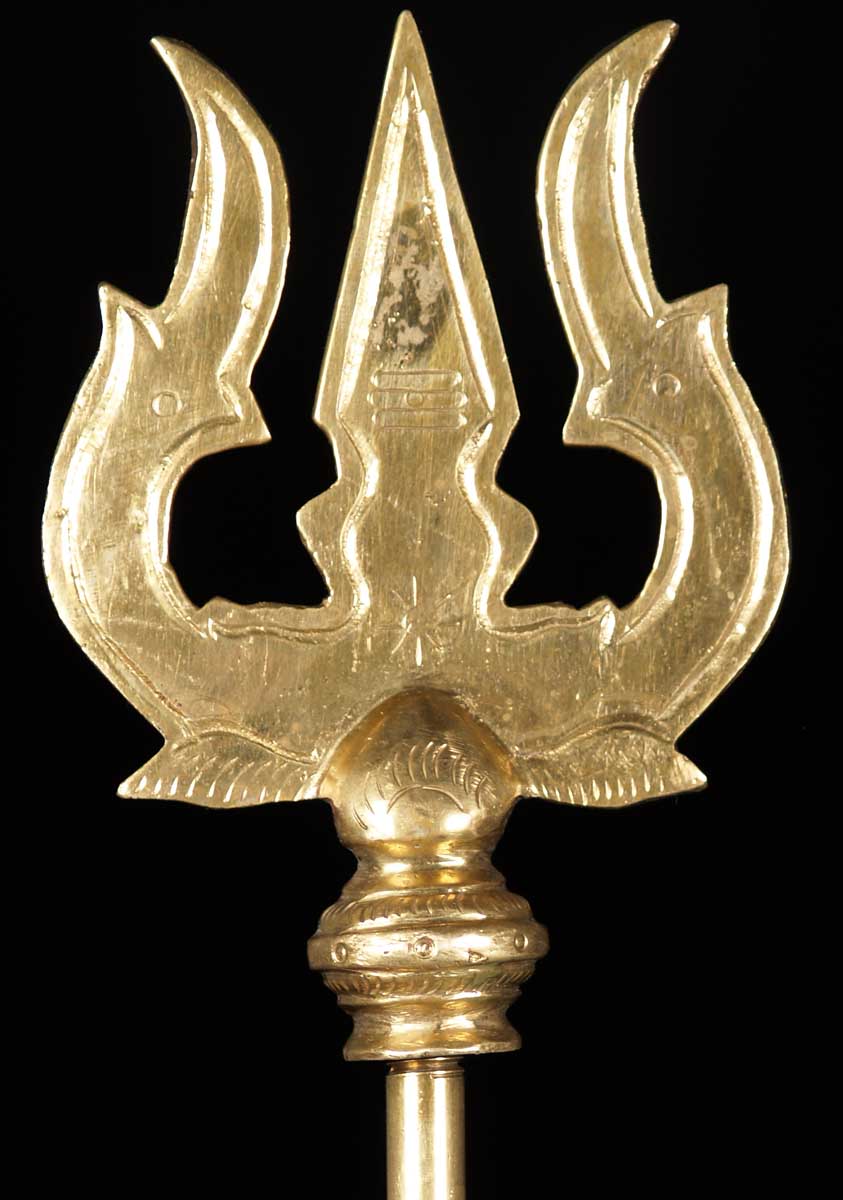
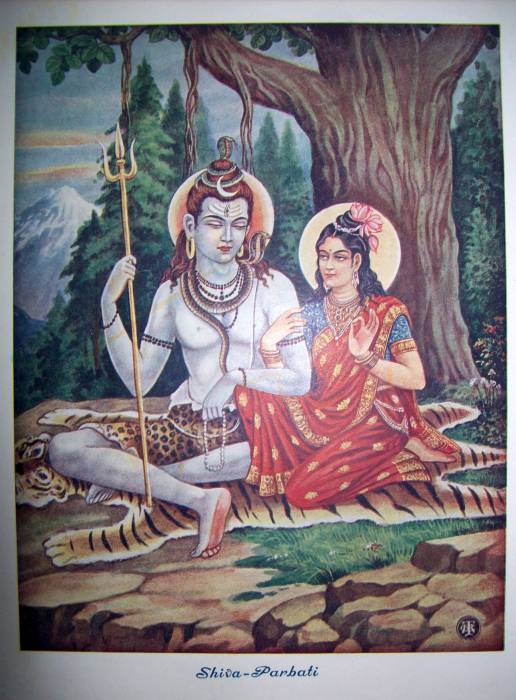


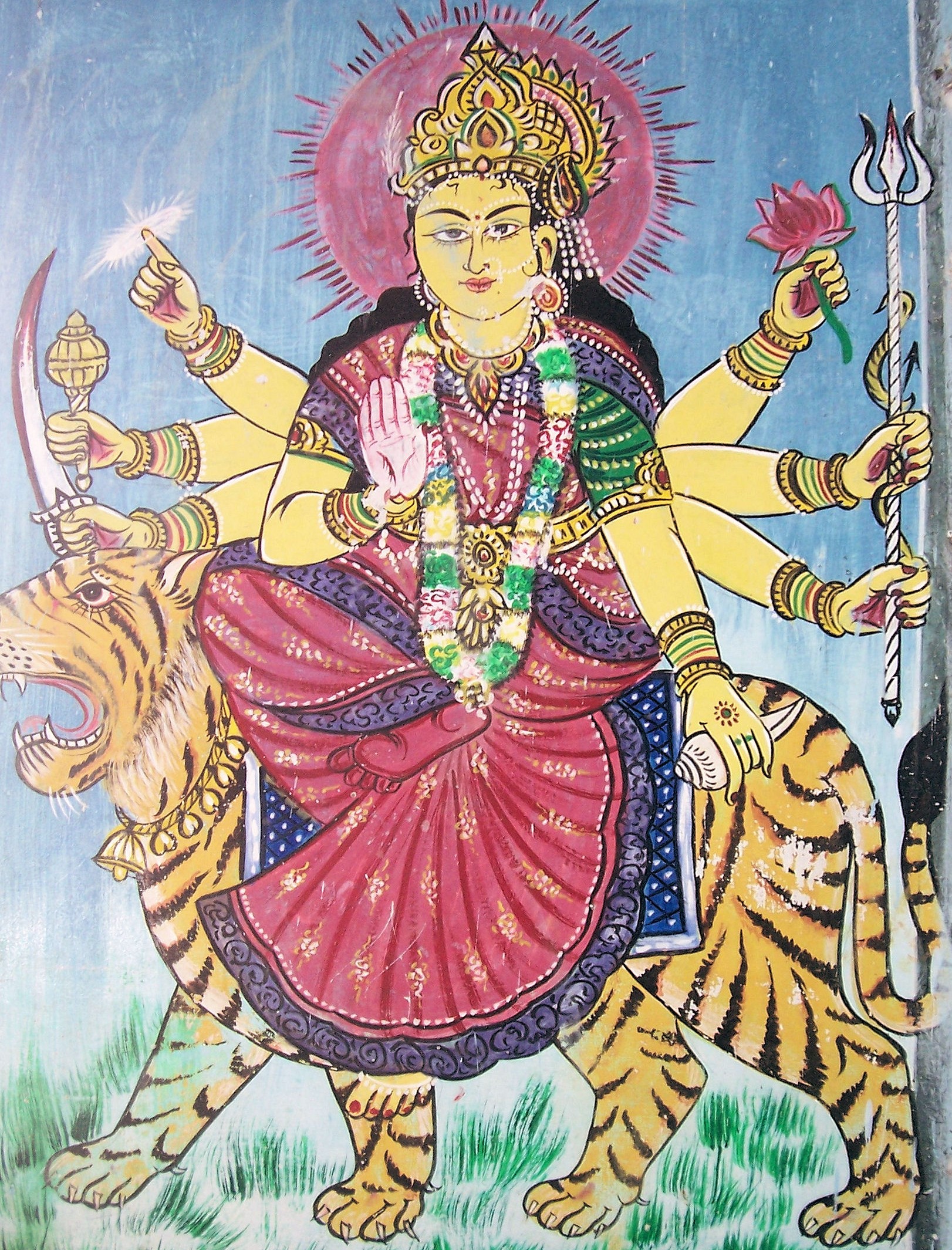
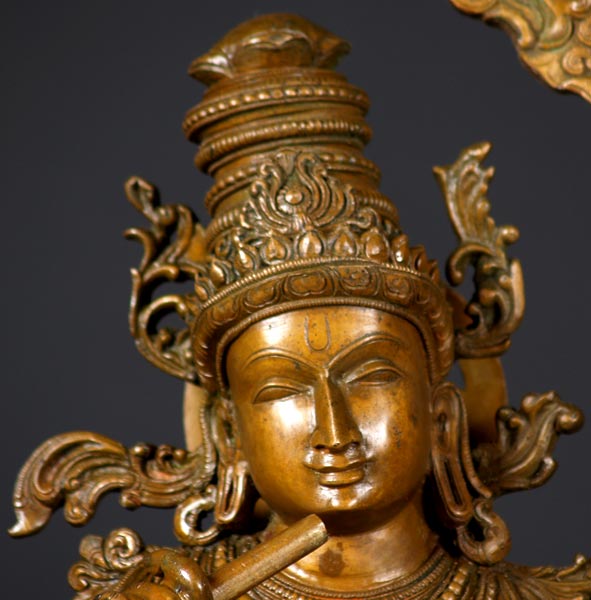
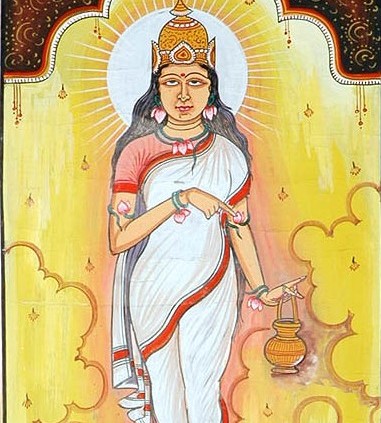
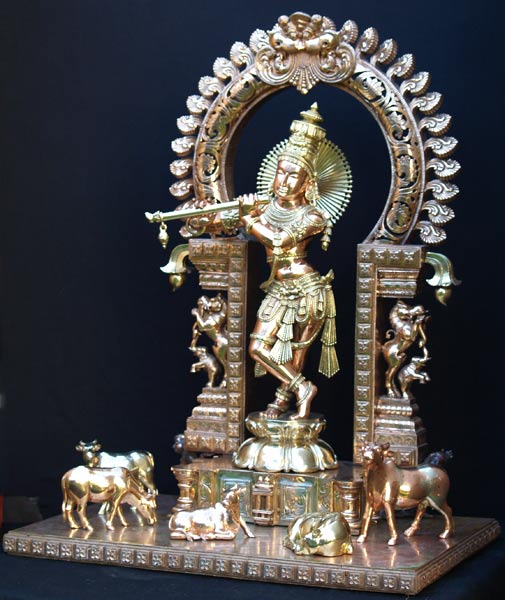

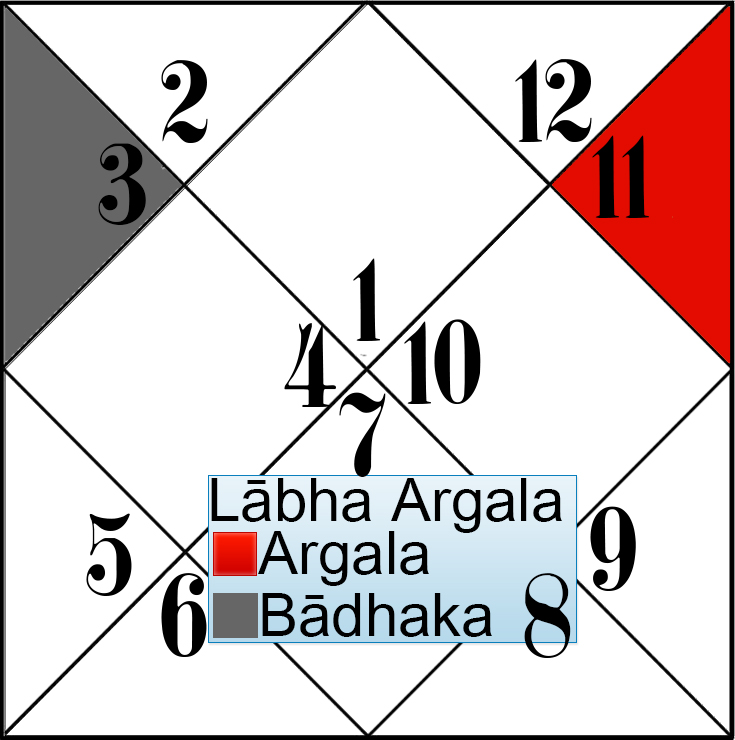
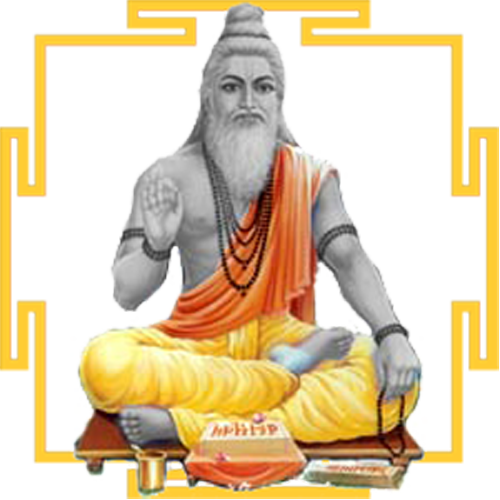 Sohamsa offers online courses in jyotish (Vedic Astrology) taught directly by Sanjay Rath as per the tradition, through narrated power points and other audio tools. The courses are at different levels, from the beginners through the intermediate to the advanced and are known as SoHamsa | DBC courses, with individual classrooms and assistant teachers
Sohamsa offers online courses in jyotish (Vedic Astrology) taught directly by Sanjay Rath as per the tradition, through narrated power points and other audio tools. The courses are at different levels, from the beginners through the intermediate to the advanced and are known as SoHamsa | DBC courses, with individual classrooms and assistant teachers